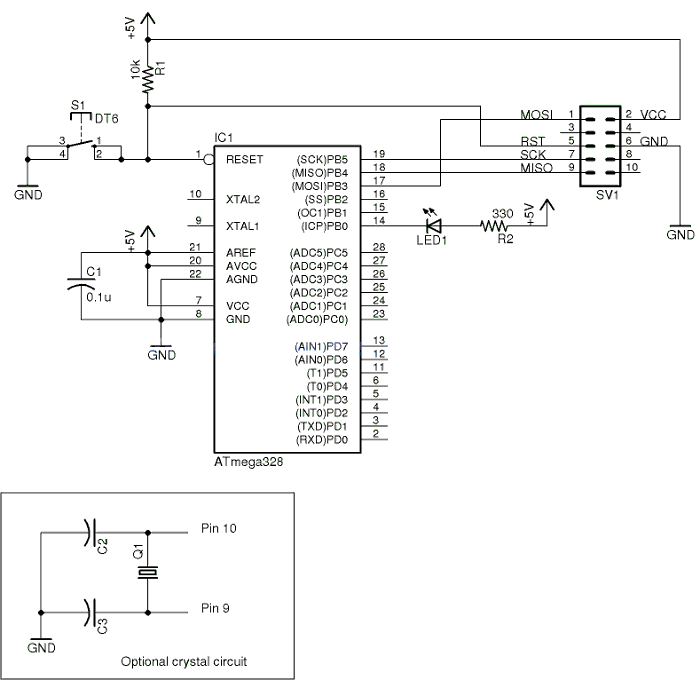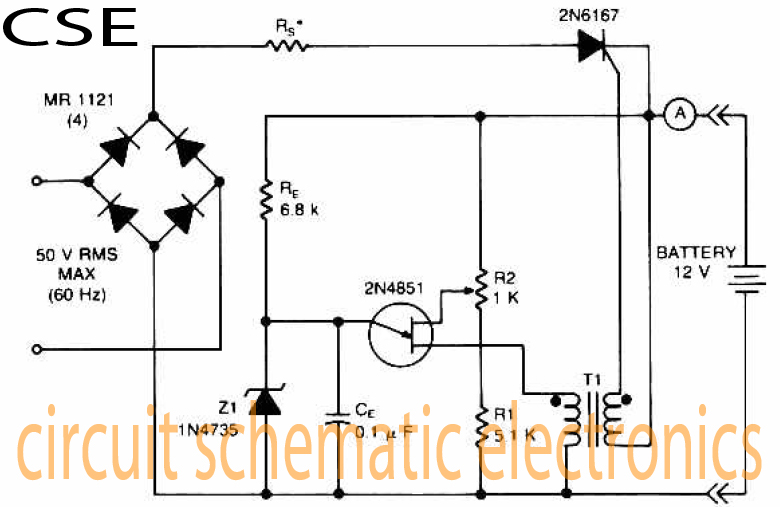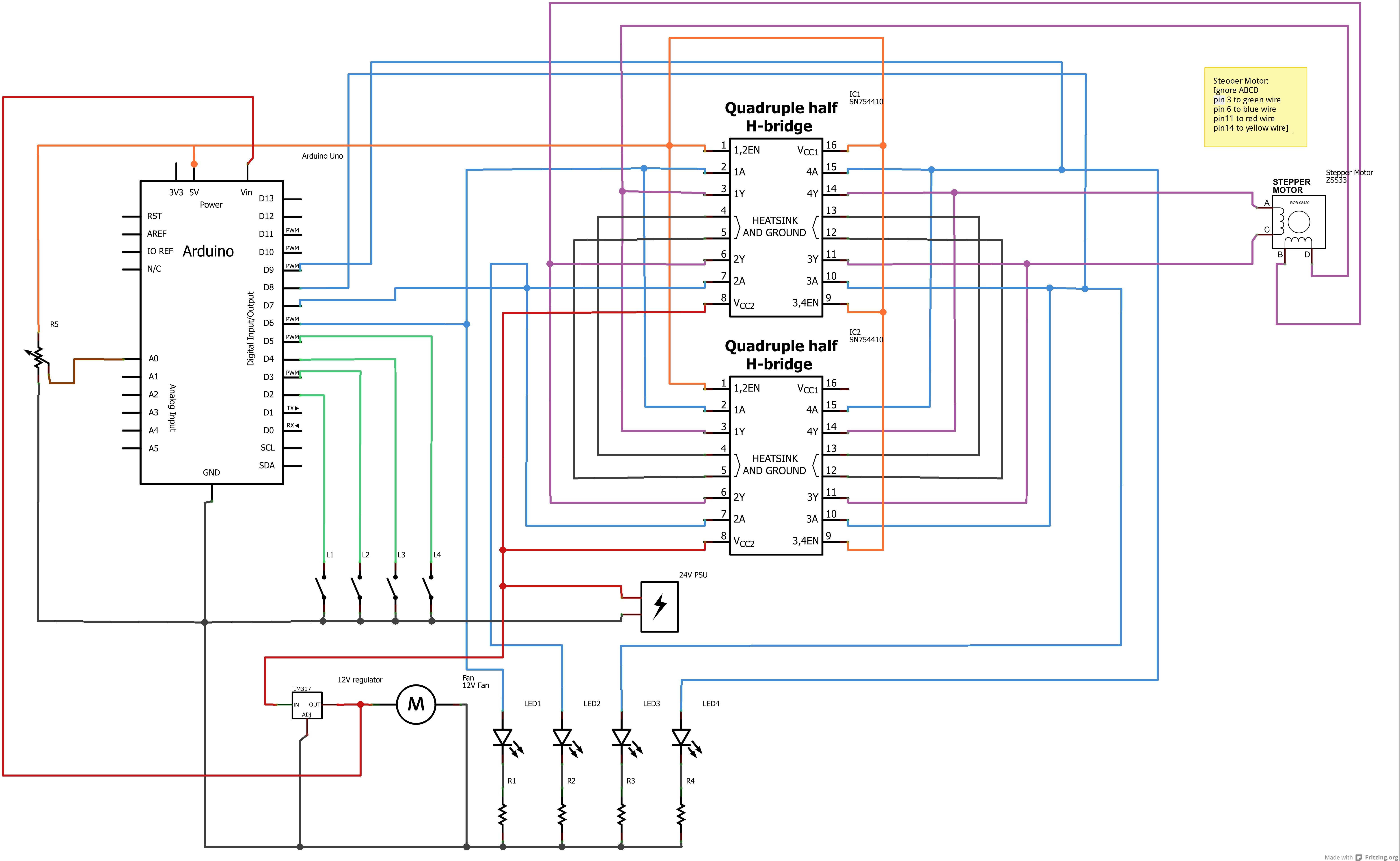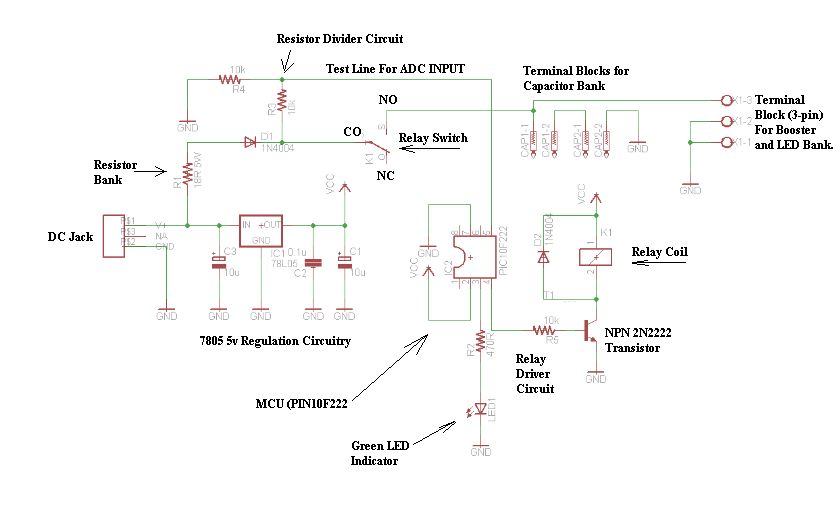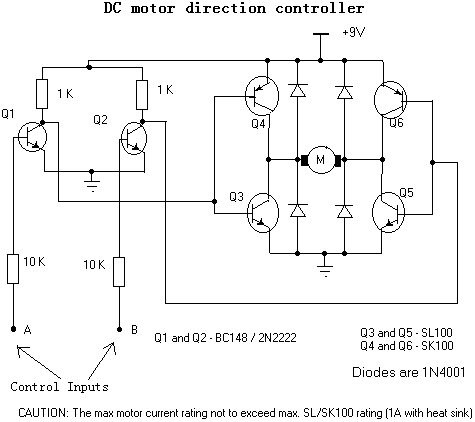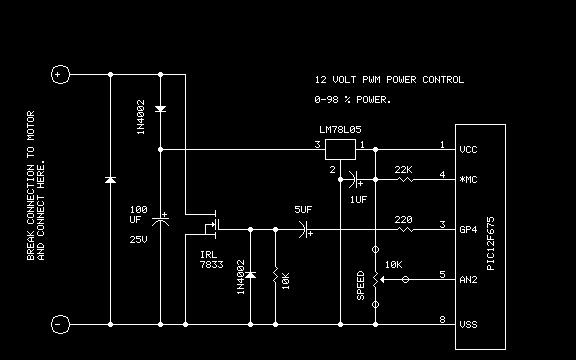
Solar Charge Controller connection with solar panel
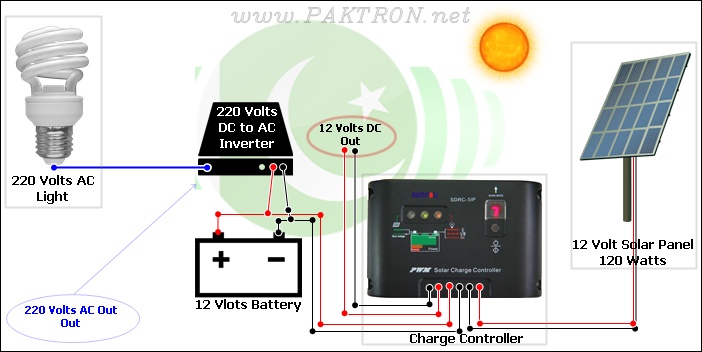
A solar charge controller is an electronic device used in solar system installations to regulate the amount of charge directed toward a battery from a solar panel. Charge controllers come in various types and ratings. The term "charge controller" may refer to control circuitry integrated within a solar system or to a standalone device. In Pakistan, 24 Volt and 12 Volt DC charge controllers are commonly utilized. The charge controller provides a regulated DC output from solar panels, stores excess energy in a battery, and monitors the battery voltage to prevent overcharging and undercharging. Connecting a charge controller to a solar panel, battery, and other DC-operated electronic devices is straightforward. By following the diagram below, one can easily install or configure a charge controller.
A solar charge controller serves as a critical component in photovoltaic systems, ensuring efficient energy management and battery protection. The device operates by regulating the voltage and current coming from the solar panels to the battery bank. This regulation is essential to maintain battery health and longevity, as batteries can be damaged by excessive charging or deep discharging.
Typically, solar charge controllers are categorized into two main types: PWM (Pulse Width Modulation) and MPPT (Maximum Power Point Tracking). PWM controllers are simpler and less expensive, suitable for smaller systems. They work by gradually reducing the voltage from the solar panels to match the battery voltage, effectively controlling the charging process. In contrast, MPPT controllers are more sophisticated and efficient, capable of extracting the maximum available power from the solar panels by adjusting the input voltage to optimize charging.
In practical applications, the installation of a solar charge controller involves connecting the solar panel's positive and negative terminals to the respective inputs on the controller. The output terminals of the controller are then connected to the battery, ensuring that the flow of current is properly managed. Additionally, many charge controllers include features such as LED indicators or LCD displays that provide real-time information on battery status, charging current, and system performance.
Safety features, such as over-voltage protection, short-circuit protection, and thermal shutdown, are commonly integrated into charge controllers to prevent damage to the system components. The installation process is typically straightforward, requiring basic wiring knowledge and adherence to the manufacturer's guidelines.
Overall, the solar charge controller is essential for optimizing the performance of solar power systems, ensuring reliable energy storage, and extending the lifespan of batteries used in renewable energy applications.Solar charge controller is an electronic device which is used in solar system installation to control the amount of charge going towards the battery from solar panel. Charge Controller are available in different types and ratings. The term "charge controller" may refer to control circuitry integrated within a solar system or to either a stand-alon
e device, in Pakistan the 24 Volt and 12 Volt DC charge controllers are widely used. The charge controller provides a regulated DC output from solar panels and stores excess energy in a battery as well as monitors the battery voltage to prevent over charging and under charging. Connecting a charge controller with solar panel to battery and other DC operated electronic devices is very easy and simple.
By follow the diagram below you can easily install or configure a charge controller. 🔗 External reference
A solar charge controller serves as a critical component in photovoltaic systems, ensuring efficient energy management and battery protection. The device operates by regulating the voltage and current coming from the solar panels to the battery bank. This regulation is essential to maintain battery health and longevity, as batteries can be damaged by excessive charging or deep discharging.
Typically, solar charge controllers are categorized into two main types: PWM (Pulse Width Modulation) and MPPT (Maximum Power Point Tracking). PWM controllers are simpler and less expensive, suitable for smaller systems. They work by gradually reducing the voltage from the solar panels to match the battery voltage, effectively controlling the charging process. In contrast, MPPT controllers are more sophisticated and efficient, capable of extracting the maximum available power from the solar panels by adjusting the input voltage to optimize charging.
In practical applications, the installation of a solar charge controller involves connecting the solar panel's positive and negative terminals to the respective inputs on the controller. The output terminals of the controller are then connected to the battery, ensuring that the flow of current is properly managed. Additionally, many charge controllers include features such as LED indicators or LCD displays that provide real-time information on battery status, charging current, and system performance.
Safety features, such as over-voltage protection, short-circuit protection, and thermal shutdown, are commonly integrated into charge controllers to prevent damage to the system components. The installation process is typically straightforward, requiring basic wiring knowledge and adherence to the manufacturer's guidelines.
Overall, the solar charge controller is essential for optimizing the performance of solar power systems, ensuring reliable energy storage, and extending the lifespan of batteries used in renewable energy applications.Solar charge controller is an electronic device which is used in solar system installation to control the amount of charge going towards the battery from solar panel. Charge Controller are available in different types and ratings. The term "charge controller" may refer to control circuitry integrated within a solar system or to either a stand-alon
e device, in Pakistan the 24 Volt and 12 Volt DC charge controllers are widely used. The charge controller provides a regulated DC output from solar panels and stores excess energy in a battery as well as monitors the battery voltage to prevent over charging and under charging. Connecting a charge controller with solar panel to battery and other DC operated electronic devices is very easy and simple.
By follow the diagram below you can easily install or configure a charge controller. 🔗 External reference
